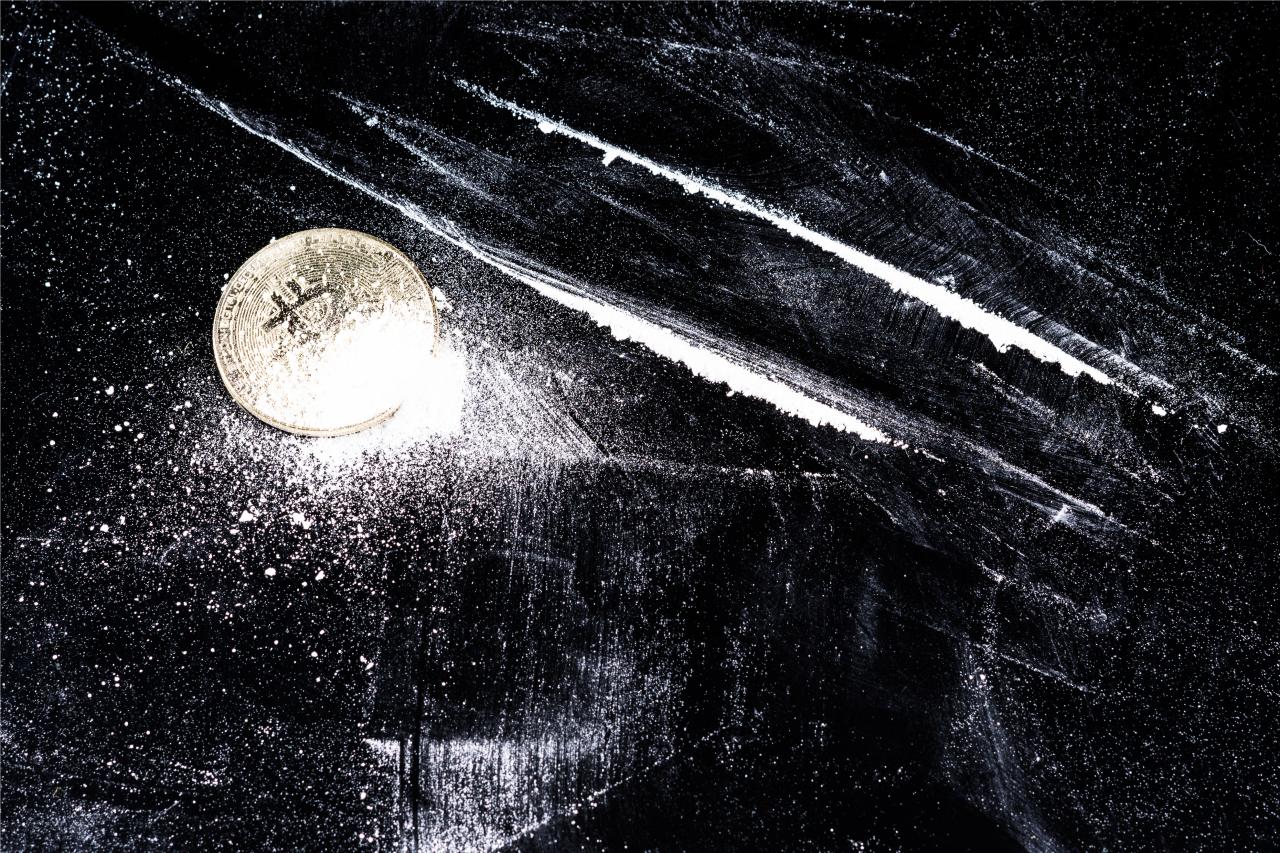
Bitcoin is consolidating its leading position in the expanding universe of alternative investments. Bitcoin’s price reached last week 23,000 USD, an all-time high since its creation in 2008. Financial institutions found interest amid the pandemic outbreak in the leading cryptocurrency, and their presence in this market is a guarantee that Bitcoin is a safer investment. But it was not always like this. From its inception, Bitcoin was regarded with distrust.
In 2014, Fortune magazine published an igniting article about cryptocurrencies, signed by Jeffrey Robinson, one of the world's most prominent financial crime authors. The report tackled in a harsh manner Bitcoin and made a very pessimistic prognosis about its future evolution. In the same year, the French weekly magazine Marianne was even more thorough, qualifying Bitcoin as a new web-based scam.
That wave of suspiciousness came immediately after the crash of Mt.gox, the biggest Bitcoin exchange at that time. That event marked a milestone in the evolution of public awareness about the Bitcoin phenomena. In February 2014, Mt.gox, a Tokyo based company, resumed its operations after an alleged heist that occurred on its servers. The exchange shut down after its management discovered that 744,000 Bitcoins, representing more than 350 million dollars, had been stolen due security issues. The amount represented six per cent of the 12.4 million Bitcoins in circulation worldwide at the time.
Troubles started for Mt.gox in November 2013 when users were having problems withdrawing cash for several weeks. On 7th of February 2014, the site officially stopped all withdrawals. A few days later Mt.gox issued a statement claiming that they were having problems with "transaction malleability". Mt.gox said that a user was able to withdraw cash and then alter the ID of the transaction to make it appear that it had never occurred, then request it again. The company indicated that it was a bug in the Bitcoin software, but Bitcoin experts pointed out that the issue had been known about for some time already.
Later in February 2014 an application for bankruptcy was made in Japan by Mt.gox’s lawyers, only days after the exchange went offline. The US regulators filed a subpoena against the company. At that time, the company had outstanding debts of about 6.5 billion yen (65 million dollars). After a few months of investigations, the Tokyo District Court from the bankruptcy trustee claimed that they found 202,149 Bitcoins belonging to Mt.gox.
In the light of what we know today about Bitcoin, this story looks more like the scenario of a Yakuza movie, directed by Takeshi Kitano. In reality, a French developer named Mark Karpelés was behind that affair. A Tokyo court found him guilty in 2019 and sentenced him to 30 months in prison.
Mt.gox is part of Bitcoin’s legacy. But in the years following that event, media was describing Bitcoin as a vehicle of laundering illicit funds, and most analysts believed that its days were counted. Contrary to those beliefs, the leading cryptocurrency overcame all challenges concerning its exposure to financial crime and became the rising star of alternative investments.
“Bitcoin is absolutely the Wild West of finance, and thank goodness. It represents a whole legion of adventurers and entrepreneurs, of risk-takers, inventors, and problem solvers. It is the frontier. Huge amounts of wealth will be created and destroyed as this new landscape is mapped out.”
Erik Voorhees, Swiss entrepreneur
Sanctions: Credit Suisse and “mutri”
Swiss prosecutors brought a set of charges against Credit Sussie for facilitating Bulgarian organised crime to launder proceeds of cocaine traffic. Members of Bulgarian organised crime are called “mutra” (mug) and are in general ex-wrestlers. The facts took place back in 2004-2008, when Bulgarian criminals were at the peak of their power in the Balkans, also supported by groups of Russians gangsters exiled on the Black Sea coast. Criminals have allegedly laundered via Credit Suisse not less than 130 million euros.
Focus: Russian gang indicted in Spain
The Spanish National Police deployed last week a massive operation called “Testudo” against a Russian-speaking organised gang. Thirsty-three persons were arrested on the 14th of December in various cities across Spain including Alicante, Ibiza, Madrid and Valencia. The police confiscated over 300,000 euros in cash and multiple luxury vehicles. The gang was specialised in laundering illicit funds. Amongst others, the arrests concerned a high profile Ukrainian hacker and a few representatives of local authorities that facilitated the illegal activities of the Russian mobsters. The operation is the results of over ten years of investigations conducted by the Spanish police.
Since the late 1990s, Spain became one of the favourite destinations of criminal from the ex-Soviet bloc. Prominent figures of the Georgian mafia operated in Span in the late 2000s. Leaders of the criminal circle known as “thieves in law” (“vhor v zakone”) went into exile on the Spanish coast in the early 2000s, when the Russian law enforcement declared war to the traditional organised crime.
Word on the street: Antony Casso dies of COVID
Thirty-five years ago, on the 16th of December, Paul Castellano, the leader of the Gambino family, one of New Youk’s five prominent criminal organisations, was killed in public in a ritual murder. It was the last boss of an American mafia crime family to get killed as a result of a turf war. Since then, all “La Cosa Nostra” leaders died in prison from various diseases.
It is the case of Anthony “Gaspipe” Casso, once upon the time the infamous leader of the feared Lucchese family, the smallest among the five New York syndicates. Casso was incarcerated in federal prison since the 1990s. He tested positive for COVID-19 in November and his health deteriorated rapidly amid a preexisting health condition.
Casso had a dysfunctional history with both his crime syndicate and law enforcement. He became an FBI informant and went into the witness protection program. When the federal agency understood that Casso served them with fake information, they took from him the privileges of a cooperating witness and put him in jail.